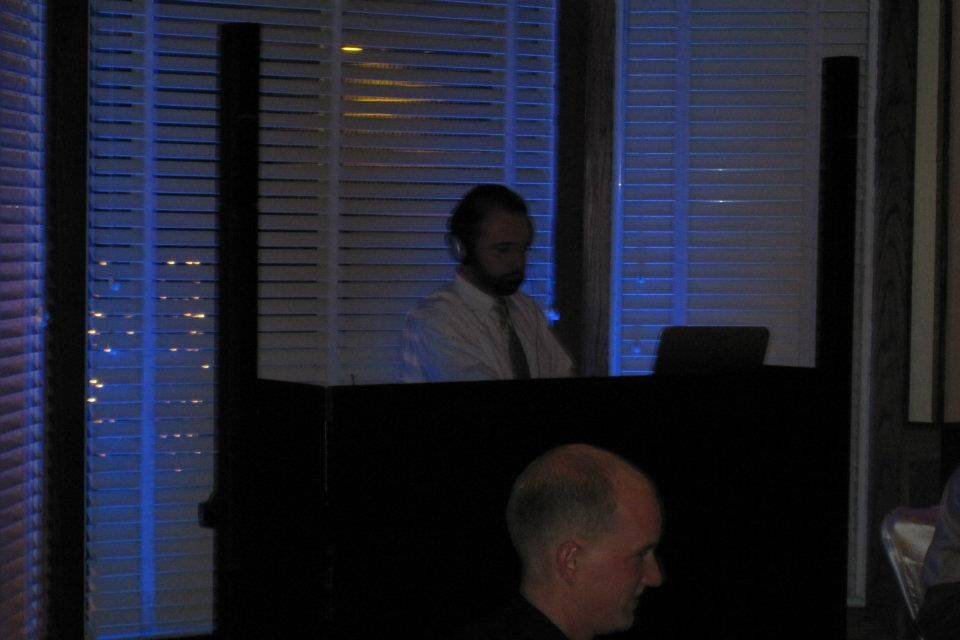Transforming Spectator Interaction Through Engaging VR Experiences within Real-time Productions
Transforming Spectator Interaction Through Engaging VR Experiences within Real-time Productions
Blog Article
Within recent times, digital reality has emerged as potent instrument for boosting viewer involvement in real-time productions. This innovation enables viewers to submerge oneself in a 3D setting, creating a distinct experience that conventional formats cannot easily duplicate. By utilizing VR, producers can move viewers into the core of the performance, making them sense as if they are part of the show. This groundbreaking method not just enchants viewers but also unlocks new possibilities for storytelling and interaction.
One of the primary benefits of employing VR in real-time productions is the ability to create a greater engaging experience. Audiences can engage with the performance in real-time, influencing the result or discovering different perspectives. For example, in a stage show, audiences using VR headsets can choose to pursue particular roles or segments, allowing them to customize their encounter. This degree of engagement cultivates a more profound connection between the audience and the performance, making it more memorable and impactful.
Additionally, VR technology can improve the sight and sound aspects of a real-time performance. Using high-quality graphics and audio engineering, creators can build breathtaking settings that attract audiences in. This engaging characteristic can raise the complete experience, making it more engaging and enjoyable. For instance, a concert can be transformed into a multi-sensory experience, where fans experience as if they are standing in front with the artists. Such enhancements not only attract larger audiences but also encourage repeat viewing, as audiences look to re-experience the thrill.
In addition improving audience try this site engagement, VR can also provide insightful data for creators. Through examining how audiences interact with the virtual environment, creators can gather data on audience preferences and behaviors. This information can inform future productions, helping to tailor content to better meet the needs and wants of the viewers. As a consequence, VR not just enriches the current experience but also contributes to the evolution of live productions as a whole.
As the technology progressing to evolve, the potential for VR in live productions is vast. From theater and concerts to sports events and festivals, the opportunities are limitless. Through adopting this cutting-edge method, producers can transform the way viewers engage with real-time entertainment. As more creators explore the incorporation of VR, it is probable that we will witness a change in how shows are crafted and presented, ultimately resulting to a greater immersive and participatory prospect for real-time productions.